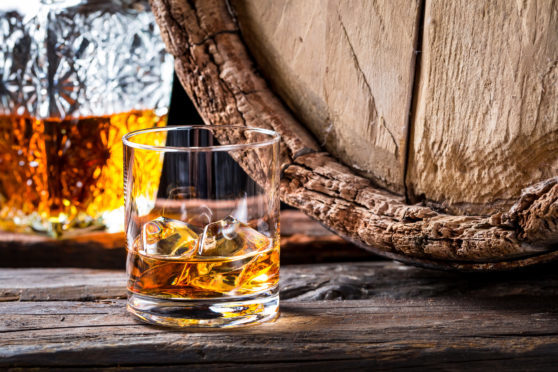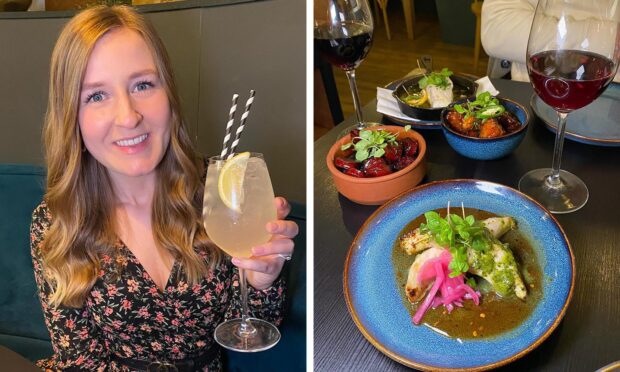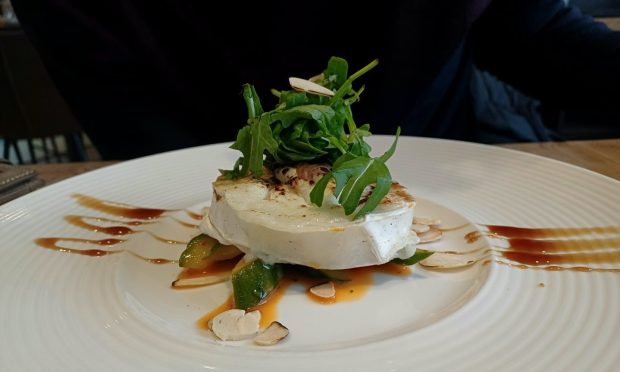For the most part, the big-name blends and malts seem to have an immortality all their own. Somehow their names and repute liveth for ever in the public mind, ensuring they remain on the shelves and whisky websites decade after decade.
Yet over the years I have tasted wonderful whiskies, blends and malts, or that strange hybrid, blended malts, which have enchanted my tastebuds and etched themselves into the memory cells as the unforgettables. Yet, they evidently failed to please other people’s palates or produce enough sales to placate the company bean counters—so they disappeared from the market.
One I recall with great affection was the own-label blend from William Low, the Dundee-based supermarket chain swallowed years ago by Tesco. It was an unpretentious whisky with an unmemorable label, but I thought it was the biz, and good value, whether drunk straight, with ice or a mixer or whatever.
Then there was Glenmhor, a distillery beside the Caledonian Canal at Inverness that closed in the 1980s during the then vast cull by DCL (Distillers Company Ltd). The great Scots writer Hugh Gunn worked there as an exciseman and later lived across the Beauly Firth at Kessock where he could still see the distillery. Of Glenmhor, he wrote the telling words, “Until a man has… chanced upon a perfectly matured malt, he does not really know what a whisky is.”
Glenmhor is now almost impossible to obtain, but I have two cherished bottles in my cupboard. Of all Scotland’s many lost distilleries, Glenmhor is without doubt one we should grieve over.
Another whisky whose loss I regret is Rob Roy, a blend from the Morrison Bowmore stable. It was not the greatest whisky but was a solid, drinkable blend that never scaled the heights but was a name you could rely on. Morrisons owned three distilleries—Bowmore, Auchentoshan and Glen Garioch—whose malts undoubtedly gave Rob Roy its robust personality.
However, of all long-gone whiskies, I rate Glenleven the highest. A blended malt from Haig’s, it was not for novices—it was a dark, powerful, mouth-coating, gizzard-warming knockout whisky that made one think, “This is how whisky should be.” If you ever find a bottle, buy it—it’s the nectar of the gods.










